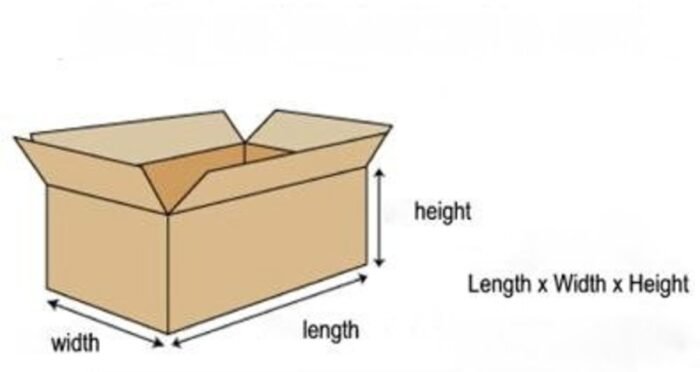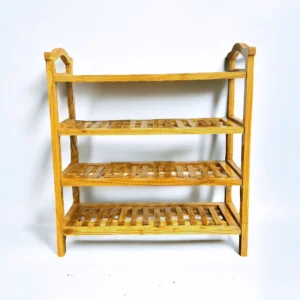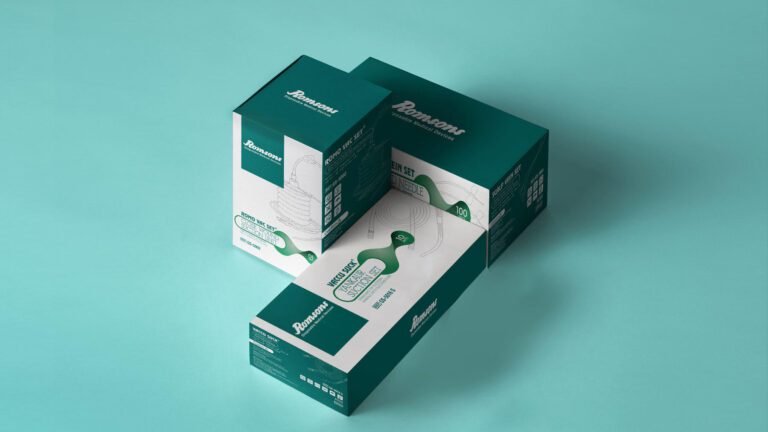How to Pick the Best Box Dimensions for Box Packaging
Selecting the best box dimensions for packaging is crucial for product protection, cost efficiency, and overall presentation. Whether you’re shipping fragile items or designing retail-ready packaging, choosing the right box size ensures optimal security and branding. In this guide, we’ll explore key factors to consider when selecting box dimensions for packaging.
Understanding Box Dimensions
Looking to know the best box dimensions typically follow the Length × Width × Height (L × W × H) format.
- Length: The longest side of the box when looking at the opening.
- Width: The shorter side of the box opening.
- Height (Depth): The vertical dimension from the base to the top.
Understanding these dimensions helps in selecting the best packaging to fit your products securely.
Factors to Consider When Choosing Box Dimensions
1. Product Size and Shape
The primary consideration for selecting box dimensions is your product’s size and shape. The box should provide a snug fit without excessive empty space, reducing the risk of damage during transit. Read more
- Measure the product’s length, width, and height accurately.
- Allow for additional padding if the product is fragile.
- Consider odd-shaped products that may require custom box sizes.
2. Product Weight and Durability
- Heavier products need stronger, reinforced packaging materials.
- Lighter products can use thinner cardboard, reducing packaging costs.
- If the product is delicate, ensure adequate cushioning without oversized packaging.
3. Packaging Material
Different materials impact the required box size:
- Corrugated cardboard for heavy-duty shipping.
- Folding cartons for retail packaging.
- Rigid boxes for luxury or premium packaging.
- Eco-friendly materials for sustainable packaging.
Each material type may require specific dimensions to maintain durability and structure.
4. Shipping and Storage Considerations
Choosing optimal box dimensions can lower shipping costs. Factors include:
- Dimensional Weight (DIM): Shipping carriers charge based on package volume and weight.
- Stackability: Ensure the box can be easily stored and stacked without damage.
- Carrier Guidelines: Check size limitations for major couriers like UPS, FedEx, and USPS.
5. Branding and Customer Experience
Your box size should align with branding and customer unboxing experiences:
- A well-fitted box enhances the perceived value of the product.
- Oversized packaging can be wasteful and unattractive.
- Custom packaging allows for unique branding opportunities.
Standard Box Sizes and Their Uses
While we are offering custom design boxes and its dimensions may be required for specific products, many industries rely on standard box sizes:
- Small Boxes (6” × 6” × 6”) – Ideal for jewelry, cosmetics, and electronics.
- Medium Boxes (12” × 12” × 6”) – Suitable for books, clothing, and accessories.
- Large Boxes (18” × 18” × 12”) – Used for bulkier items like home decor and appliances.
- Flat Boxes (20” × 16” × 4”) – Great for artwork, picture frames, and flat-packed goods.
Custom Box Sizing for Unique Products
If standard sizes don’t work, custom box dimensions ensure a perfect fit. Consider:
- Die-cut boxes for intricate designs.
- Mailer boxes for e-commerce and subscription products.
- Display boxes for retail shelf appeal.
Measuring and Testing Best Box Dimensions
Before finalizing your box size, follow these steps:
- Measure your product’s exact dimensions.
- Add extra space for protective materials like bubble wrap or foam.
- Create a prototype and test durability under simulated shipping conditions.
- Check for cost-effective shipping options based on dimensional weight.
- Assess sustainability by choosing eco-friendly packaging options where possible.
Common Mistakes to Avoid When Choosing Box Dimensions
To ensure the best packaging solution, avoid these mistakes:
- Choosing an oversized box: Leads to increased shipping costs and wasted material.
- Ignoring product protection: Inadequate padding can result in product damage.
- Not considering carrier restrictions: Some carriers have specific dimension limits.
- Overlooking branding: Packaging is an essential part of marketing; ensure it aligns with your brand identity.
Conclusion
Choosing the best box dimensions is essential for cost savings, product safety, and brand presentation. By considering product size, weight, material, shipping factors, and branding, you can select the perfect packaging size for your business. Whether opting for standard or custom dimensions, a well-chosen box enhances efficiency and customer satisfaction.





